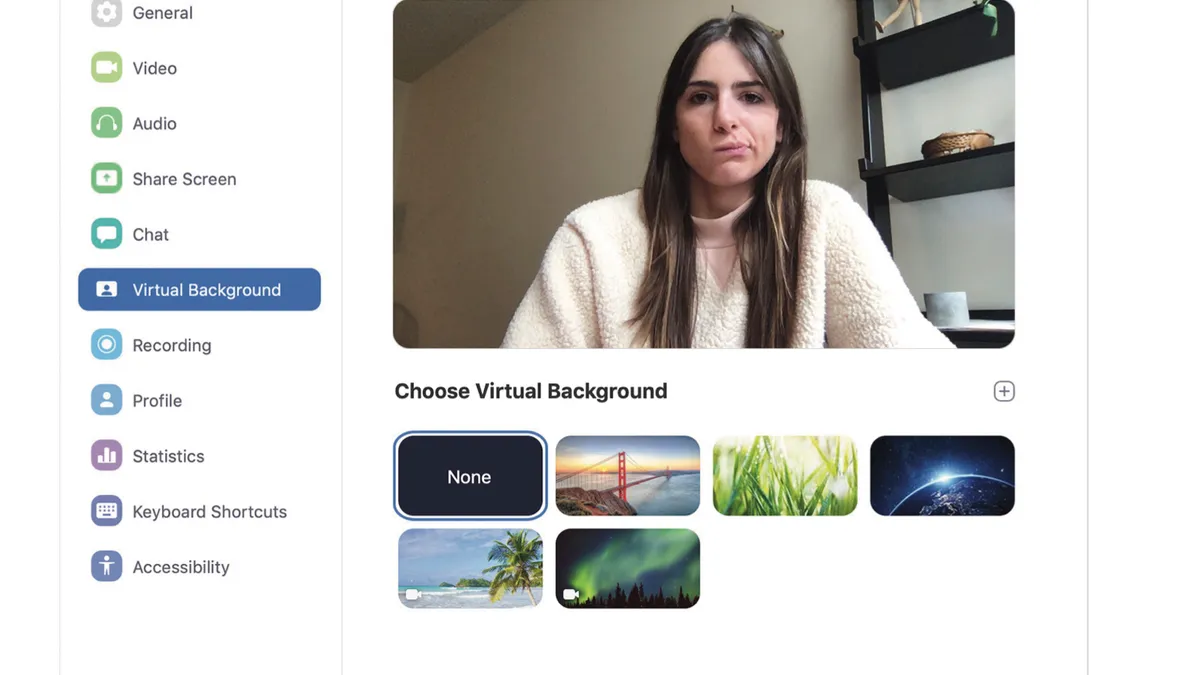Dive Brief:
- Ad spending from communication software brands like Zoom and GoTo Meeting reached $45 million in Q1 2020, triple what the category spent in any quarter last year, according to a new analysis that analytics firm MediaRadar shared with Marketing Dive.
- Spending has ramped up month-to-month in 2020, spiking from $10 million in January to $24 million in March, and as the coronavirus spread globally. By comparison, average quarterly spending for the category was just $13.75 million in 2019.
- Year-to-date, top spenders among communication software brands include Zoom, Microsoft Teams, Slack, Fuze, Grammarly and GoTo Meeting, with Teams the category leader, MediaRadar found.
Dive Insight:
Marketers across a number of industries have either pulled back or frozen ad spending as the coronavirus shuts down business operations and travel, but communications software brands are clearly seizing on the opportunity to get in front of the troves of people who are stuck indoors for the foreseeable future.
The broad shift to a work-from-home environment in some ways aligns with these firms' core value propositions: As companies enforce remote work, video conferencing can take the place of in-person meetings, and messaging channels that are faster and more focused on collaboration than email, such as Slack or Teams, can support day-to-day operations. Teams has added 12 million daily active users in the past two weeks, according to MediaRadar, with Slack reporting similar gains.
A more surprising development in this trend has been how software products largely targeted at enterprise clients have steadily bled into the consumer space. Happy hours and gatherings with friends and family are increasingly conducted virtually during the pandemic, providing a boon to video conferencing companies like Zoom that offer free accounts and allow for multiple parties to participate.
"A look at the market shows these companies are not going unnoticed on Wall Street as companies like Zoom have seen their stock prices rise in recent days," Todd Krizelman, CEO of MediaRadar, said in a statement. "It's also interesting to note that these services are fulfilling another use outside of just business communications. With social distancing becoming the new norm, many people are turning to video conferencing software to maintain a social life outside of work hours."
Under the pressure of having to quickly adjust creative and media strategies during the pandemic, some marketers are looking to places like video conferencing as an experimental space where they can maintain community-building and raise awareness. Jaguar and Land Rover recently shared virtual backgrounds that Zoom users can apply in place of their home offices, and plan to release new ones regularly, according to details shared with Marketing Dive. Behr paint and West Elm have introduced similar offerings, while others are taking a more interactive approach. Chipotle, looking to spotlight its delivery offerings to quarantined consumers, has hosted virtual hangouts featuring celebrity guests over Zoom in recent weeks.
With a spike in popularity for virtual communications comes increased scrutiny toward the space as well. Zoom has been roiled by "Zoombombing," where meetings are interrupted by uninvited participants who often spam inappropriate material, along with data privacy and security issues. Zoom CEO Eric Yuan recently told The Wall Street Journal that he "really messed up" on the security front and needs to work harder to preserve user trust.















